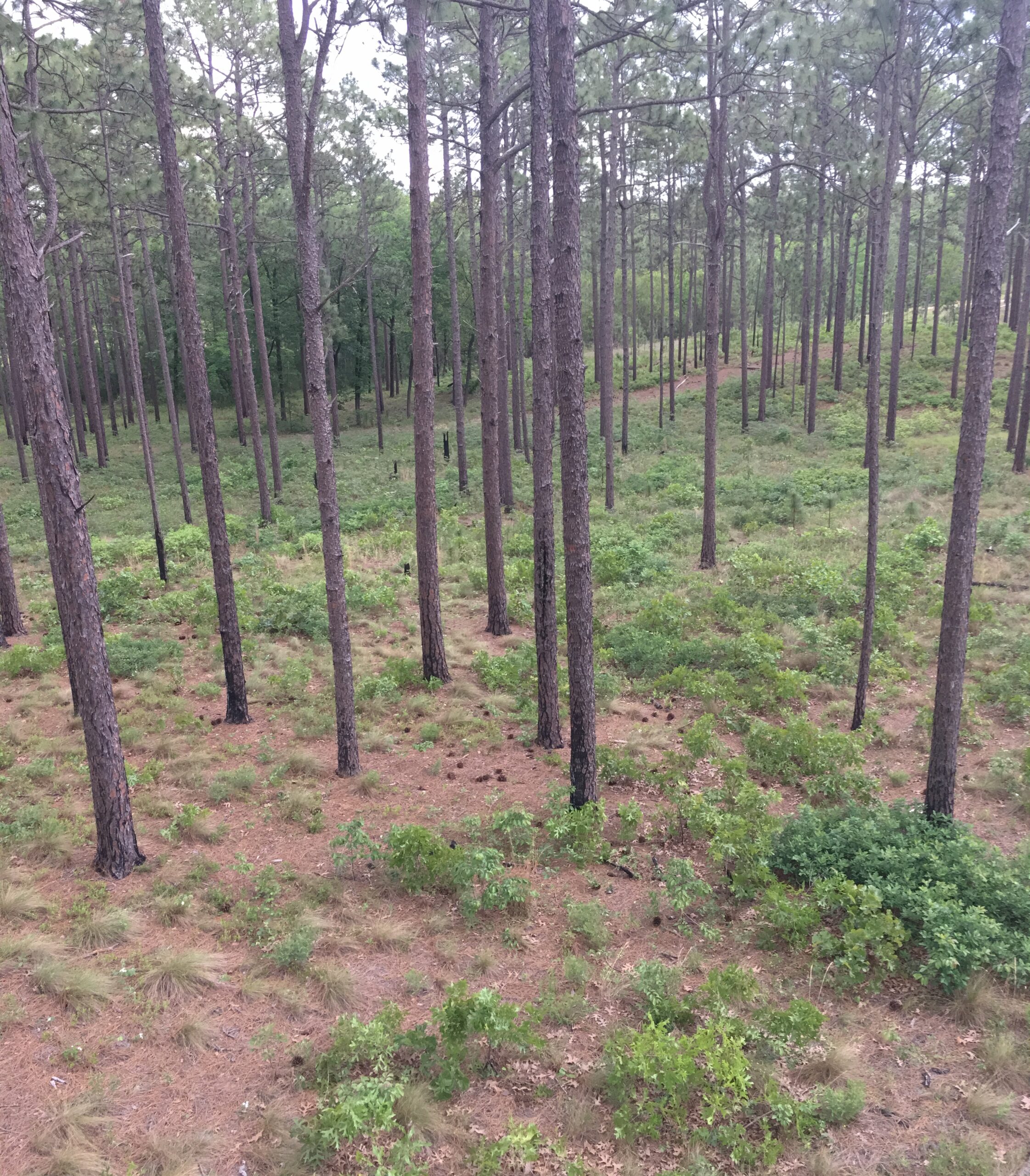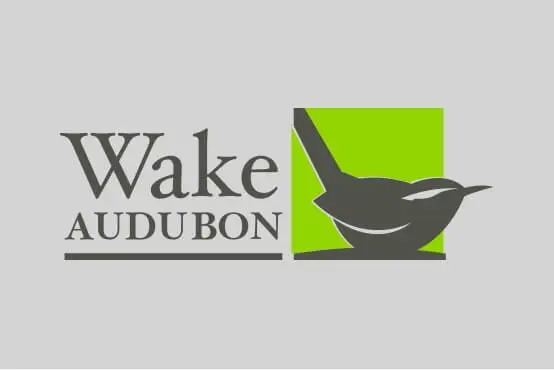Where Fire and Forest Meet: Bringing Longleaf Pine Back for RCWs

Smoke curls skyward as a line of fire creeps steadily through the forest floor.
To the untrained eye it might look destructive, but for the Red-cockaded Woodpecker and the longleaf pine forest it calls home, this is the spark of life. In previous months, we explored the many challenges RCWs face and how their habitat shapes their habits. The root of those challenges is simple: there isn’t enough connected, healthy forest. This month, we’ll explore how conservationists are harnessing the power of fire, reviving natural and cultural burning practices alongside modern tools, to restore longleaf pine ecosystems and rebuild the conditions RCWs need to thrive.
For millennia before European colonization, Southeastern native nations, such as Cherokee, Chickasaw, Choctaw, Muskogee/Creek, and Seminole, maintained the longleaf pine savannas through intentional, low-intensity cultural burning. These fires cleared understory brush for travel and hunting, encouraged growth of edible plants, and promoted game species, all while mimicking the ecosystem’s natural fire rhythm of roughly every one to three years. The endurance of fire‑adapted species like longleaf pine is deeply tied to this cycle: lightning‑ignited and human‑set blazes historically swept through these forests frequently, maintaining open, park‑like woodlands ideal for species like the RCW.
Longleaf pine evolved not merely alongside fire but because of it. Its seedlings spend years in a “grass stage,” with dense needles protecting delicate buds from heat, while mature trees develop fire-resistant bark, adaptations perfectly suited to survive and regenerate during frequent burns. Fire also sustains wiregrass and other groundcovers important for RCW foraging. Without regular burns, hardwoods and dense shrubs invade, choking out the understory and shading out pine seedlings.
With colonization came a dramatic shift: indigenous burning practices were actively suppressed and replaced by federal fire‑exclusion policies, like the early twentieth century “10 a.m. rule,” which mandated extinguishing any wildfire by the morning after its discovery. Over decades, these policies led to fuel accumulation, closed canopies, and mesophication: shade‑tolerant species overtook fire‑adapted oaks and pines, degrading ecosystem structure and biodiversity. Longleaf forests shrank by over 95%, in part due to both aggressive logging and the unintended consequences of fire suppression, including reduced regeneration, more intense wildfires, and severe fragmentation of RCW habitat.
Conservationists now use prescribed fire to replicate those natural cycles. In North Carolina and across the southeast, volunteer-based burn groups like the Sandhills Prescribed Burn Association have reintroduced this “fire culture” across multiple states. These groups emulate traditional burns and help restore longleaf pine and RCW habitat on both private and public lands.
In addition to fire, managers use selective thinning and midstory removal to reduce canopy density and allow sunlight to reach the ground, creating open conditions where longleaf seedlings and wiregrass thrive. For example, the Sandhills Longleaf Pine Conservation Partnership program funds thinning, invasive species control, and even installation of cavity trees on small private properties within broader restoration areas.
Other major players like The Nature Conservancy, state forestry departments, NC Wildlife Commission, and private landowners collaborate across landscapes. At Piney Grove Preserve in Virginia, TNC and partners have restored thousands of acres, transforming former loblolly-dominated plantations into thriving longleaf savannas, creating habitat for the northernmost population of RCWs. These wide-scale multi-state restoration efforts have achieved some remarkable success: the longleaf pine range has expanded 53 percent since 2009, translating to roughly 8,100 square miles of restored habitat across its historic range.
Next month, we’ll shift focus to artificial cavities and translocation, the hands-on management tools that help RCWs settle new territory when habitat recovery can’t keep pace with dispersal demand. These methods act as a bridge while the longleaf ecosystem takes time to grow back.
Blog post written by WAS volunteer, Brittany Richards
Main header image: RCWO-viewFromCavityEntrance_SandhillsNC by Gabriela Garrison


